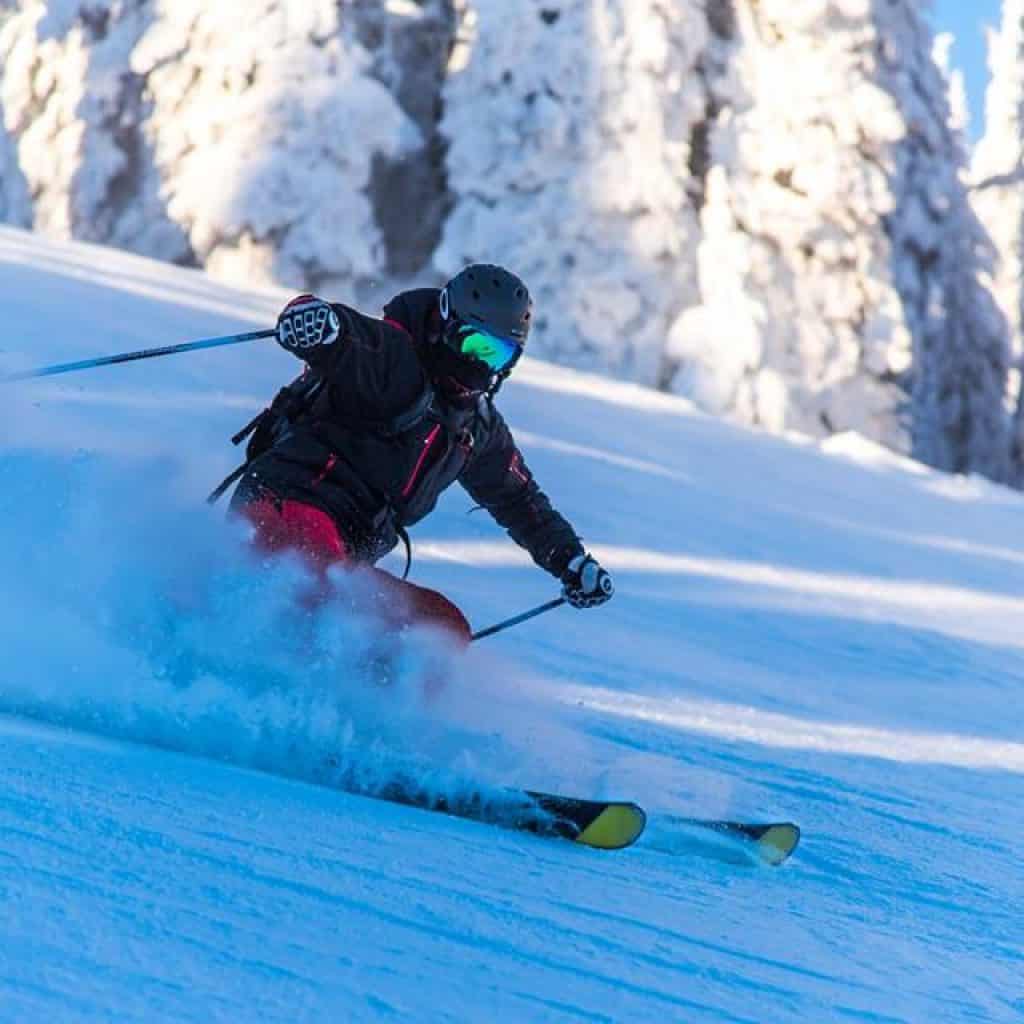
Looking to be snow ready for your ski season with us? Check out our professional training programme and you will be ready for the mountains in no time.
Whether you board or ski, you should be ready for the slopes. Snowsports work your body hard. Being physically fit is going to allow you to enjoy the snow that extra bit more. Whilst the best training for snowboarding or skiing is arguably doing just that, this 8-week programme recreates similar actions to improve your fitness levels from your home, gym, or outside space. Pre-season conditioning will not only aid you physically but mentally, connecting your body to your brain.
8 Week Pre-Course Fitness Plan
These days it is more important than ever to be properly conditioned for the slopes before you arrive. Gone are the days when athletes just rock up and hope for the best – top skiers and snowboarders actually spend more time training off the slopes than they do on them!
You’re about to start an amazing new adventure and using this fitness plan will help you make the most of the lead up to ensure your body is properly trained and conditioned to endure the entire winter season and decrease the likelihood of injury.
This 8 week snow-ready fitness plan has been devised to train all the muscle groups needed for skiing and snowboarding: legs, abs and arms. It also works on aerobic and anaerobic fitness, agility, balance and flexibility, which are all equally important elements.
We’ve put together programme so you can train from home, without any equipment in preparation for your snowboard or ski instructor course. All you need is yourself and 30 minutes to an hour for 5 days a week.

Nutrition
Make the most of your fitness programme
It’s no secret, the key to an all-round healthy lifestyle is exercise and nutrition. Whilst we won’t put you on a specific diet plan in the lead up to your ski or snowboard course, we have put together some information for a performance-improving diet.
Eating the right types of food and knowing the best snow ready nutrition in the run up and during your season will increase you performance on the slopes. Skiers and snowboarders diets should consist of lean protein, lots of complex carbohydrates and healthy fats. This section will include foods that you should eating in the run up, during and after your time on the mountain for optimum performance.
Profile
The genius behind the programme
Abbie …
Board sport and fitness junkie Abbie is a sports science graduate, sports massage therapist and qualified nutrition coach. Currently working with the Fire Fighters Charity as an exercise therapist supporting the holistic rehabilitation of fire service personal. Years of working in gym settings coaching all populations, she has developed a wholesome approach to wellness and specific functional fitness. Operating freelance with a new venture “from. AM” her mission is to promote functional wellness and fitness for life’s demands.
Ready, Set, Snow!
Welcome to the your pre-season fitness plan. We have devised this programme especially for trainee ski and snowboard instructors – follow it day by day and you will feel fitter and perform better during the crucial first few weeks of your ski or snowboard course.
Click below to get the FREE WSC fitness programme, so that you are ready for your ski season!